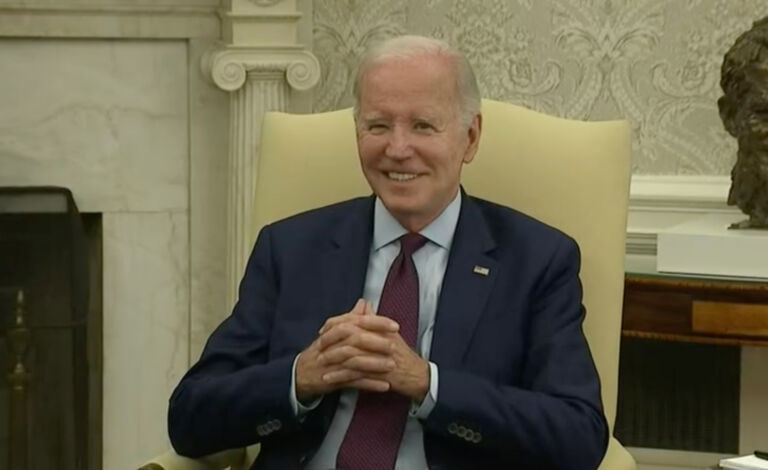James Antle of the Washington Examiner probes a key element of Democratic presidential nominee Joe Biden’s appeal.
Democratic presidential nominee Joe Biden’s new openness to liberal priorities such as eliminating the legislative filibuster and packing the Supreme Court raise fresh questions about how durable his centrism and institutionalism will be once under pressure from his left flank on Capitol Hill.
Biden won the Democratic primaries by ignoring the online Left and steamrolling the progressive supporters of socialist Bernie Sanders. Alexandria Ocasio-Cortez, the New York Democratic congresswoman who has become a liberal sensation, played a smaller role in the convention that nominated him than longtime Republicans like John Kasich. The former vice president weathered riots that once appeared to be a threat to his campaign by traveling to Kenosha, Wisconsin, denouncing the violence, and distancing himself from defunding the police.
“I am the Democratic Party right now,” Biden insisted in his first debate with President Trump. “The platform of the Democratic Party is what, I, in fact, approved of.” His running mate, Kamala Harris, the California Democrat who was rated the most liberal senator in 2019, tried the same approach in her debate with Vice President Mike Pence. She repeatedly denied Biden would ban fracking or raise taxes on anyone making less than $400,000 a year, even though some believe the Biden-Sanders “unity plan” will force such changes and despite the policy preferences of some Democrats.
But Biden has suggested his position on nuking the Senate filibuster, which requires a supermajority to end debate and pass most legislation, would be contingent on how much Republicans used the procedural move to block his agenda, after opposing the idea as recently as February.
“It’s going to depend on how obstreperous they become,” Biden told reporters over the summer. “But I think you’re going to just have to take a look at it.”


